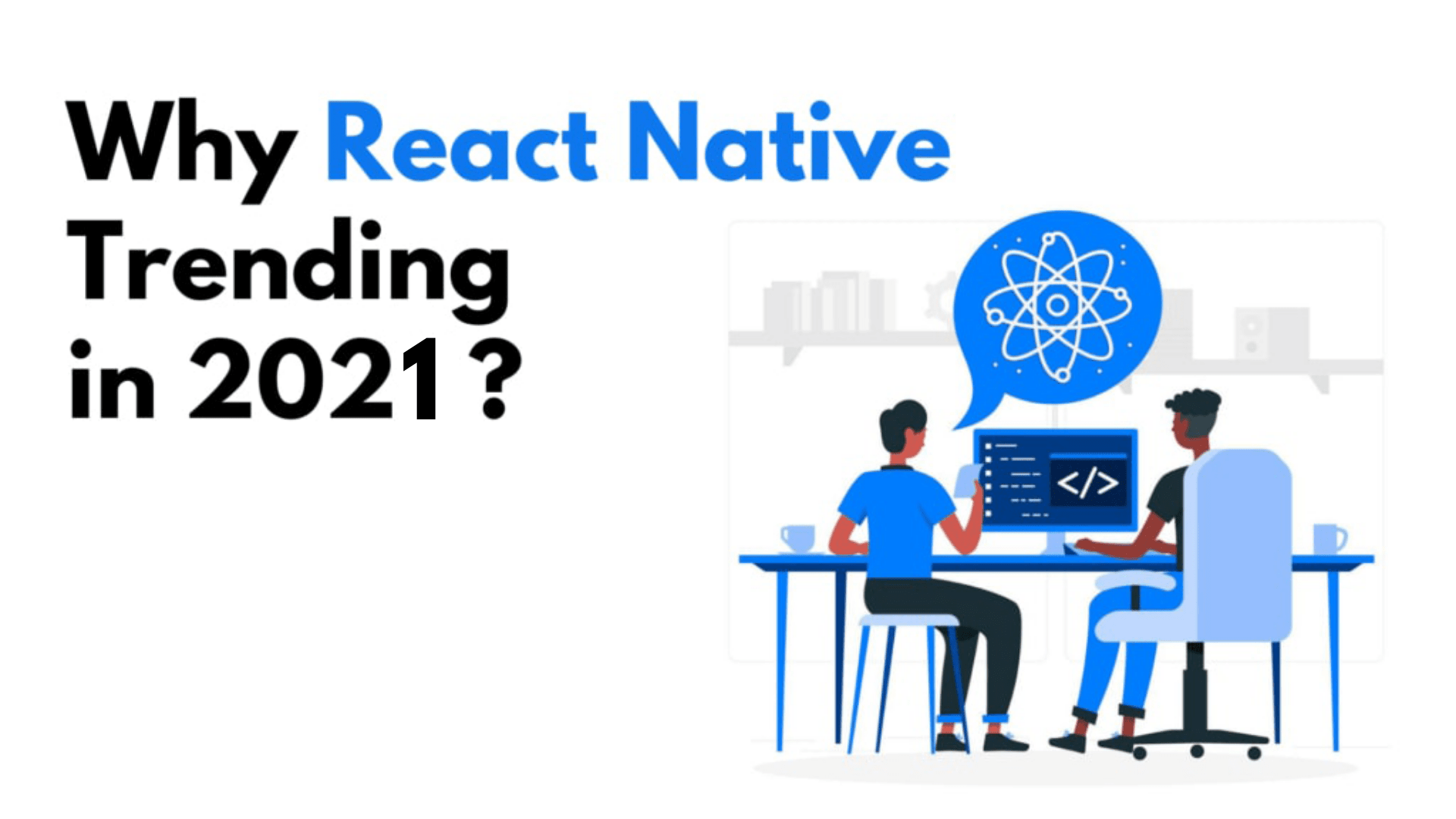
React Native has come a long way since its inception, and 2021 is proving to be an exciting year for the framework. With continued support from Facebook and the vibrant community, React Native continues to evolve, offering developers new features and tools to create powerful cross-platform mobile applications. In this post, we’ll explore what’s new in React Native for 2021 and what you can expect moving forward.
1. React Native 0.64: Hermes on iOS and Other Improvements
One of the most significant updates in 2021 is the release of React Native 0.64. This version introduces several important enhancements:
-
Hermes on iOS: Previously available only on Android, Hermes, the lightweight JavaScript engine optimized for React Native, is now supported on iOS. Hermes reduces app startup time and memory usage, leading to better performance, especially on older devices.
-
React 17 Support: React Native 0.64 includes support for React 17, bringing in the latest improvements from the React team, including better event delegation and streamlined updates.
-
Inline Requires: This feature is now enabled by default, helping to improve the startup time of your application by only loading the code that is necessary for the initial screen.
2. Improved Development Workflow with Flipper
In 2021, the React Native development experience has been significantly enhanced with Flipper, an extensible mobile app debugger. Flipper allows developers to inspect, debug, and optimize React Native apps in a more intuitive way. Key features of Flipper include:
-
Real-Time Logs and Metrics: Get detailed logs and performance metrics from your app as it runs, helping you identify bottlenecks and bugs more efficiently.
-
Network Inspection: Monitor network requests made by your app, inspect headers and responses, and simulate slow network conditions to see how your app behaves.
-
Layout Inspection: Visualize your app’s layout hierarchy, making it easier to debug UI issues and ensure consistent design across devices.
3. TypeScript Adoption Continues to Grow
TypeScript has become increasingly popular among React Native developers, and 2021 is no different. With better tooling, improved type definitions, and a growing community, TypeScript offers several advantages:
-
Enhanced Code Quality: TypeScript’s static type-checking helps catch errors at compile-time, leading to more robust and maintainable code.
-
Improved Developer Experience: TypeScript’s IntelliSense and autocompletion features make it easier to navigate large codebases and understand the types of props and state.
-
Better Integration with React Native: The React Native ecosystem has embraced TypeScript, with many popular libraries providing TypeScript definitions out of the box.
4. React Native for Web and Desktop
React Native’s goal of “Learn once, write anywhere” continues to make strides in 2021, with improvements in React Native for Web and the development of desktop applications:
-
React Native for Web: The ability to reuse React Native components for web applications has seen significant progress, allowing for more cohesive cross-platform development strategies.
-
React Native for Windows and macOS: Microsoft’s contributions to React Native for Windows and macOS are bringing the framework closer to being a true cross-platform solution. These platforms are becoming more stable and feature-rich, allowing developers to target desktop environments with the same codebase used for mobile.
5. Community-Driven Libraries and Ecosystem Growth
The React Native community continues to thrive, with new libraries and tools being developed to extend the framework’s capabilities:
-
React Navigation 5: Released in late 2020 and gaining traction in 2021, React Navigation 5 offers a more flexible and powerful API for managing navigation in React Native apps. It introduces a completely new way of defining navigators and screens, making it easier to create complex navigation structures.
-
Reanimated 2: The release of Reanimated 2 has brought animations in React Native to the next level. With its new API, Reanimated 2 allows developers to create smooth, native-driven animations that run directly on the UI thread, improving performance and responsiveness.
-
React Native Paper: This Material Design library for React Native continues to evolve, providing a rich set of customizable components that adhere to Google’s design guidelines. It’s a go-to choice for developers looking to build polished, material-themed applications.
6. Focus on Performance and Developer Experience
As React Native matures, the focus in 2021 is on improving performance and enhancing the developer experience:
-
Better Debugging and Error Reporting: Tools like Sentry and Bugsnag have become essential for monitoring React Native applications in production. They provide real-time insights into errors and crashes, allowing developers to quickly identify and fix issues.
-
Continuous Integration and Deployment: CI/CD tools like Bitrise, Fastlane, and GitHub Actions are becoming standard in React Native development workflows, enabling automated testing, builds, and deployments.
-
Enhanced Documentation and Learning Resources: The React Native documentation continues to improve, with more examples, best practices, and guides available to help developers get up to speed with the latest features and tools.
Conclusion
2021 is shaping up to be another exciting year for React Native. With the introduction of Hermes on iOS, improved developer tools like Flipper, and the growing adoption of TypeScript, React Native remains a top choice for building cross-platform mobile applications. The community continues to drive innovation, contributing new libraries, tools, and best practices that make React Native development more efficient and enjoyable.
As we move through the year, staying up-to-date with the latest trends and developments in React Native will be crucial for developers looking to build high-quality, performant apps. Whether you’re a seasoned React Native developer or just starting, 2021 offers plenty of opportunities to grow and create amazing mobile experiences.
What are your thoughts on React Native in 2021? Share your experiences and let us know in the comments below!